Enjoying a Yokohama day trip from Tokyo is a must when visiting Japan. Yokohama is only about 30 minutes away from Tokyo by train, making it easily accessible for a one day itinerary.
Yokohama is the second-largest city in Japan and a port city with a wide range of attractions, including the famous Yokohama Chinatown, which is perfect for trying Chinese cuisine and seeing unique shops.
Yokohama is a great spot if you want to try a variety of street food like steamed buns, fried chicken and Chinese dumplings. The Minato Mirai 21 area is a modern seaside area along with landmarks like the Landmark Tower and the Cosmo World amusement park.
I recently did a Yokohama day trip from Tokyo and was amazed by how cool this port city really is. It’s places like this that make me thankful for living in Japan. Yokohama is very different to Tokyo, but that’s what makes it so fun and exciting to explore.
I’ve put together this guide to help you make the most out of a day trip to Yokohama. My one-day Yokohama itinerary will highlight the best things to see and do.
Table of Contents
- Yokohama Day Trip Itinerary
- Get to Yokohama
- Stop 1: Yokohama Chinatown
- Stop 2: Yokohama Red Brick Warehouse
- Stop 3: Cup Noodles Museum Yokohama
- Stop 4: Yokohama Cosmo World
- Stop 5: Yokohama World Porters
- Stop 6: Yokohama Air Cabin
- Get Back to Tokyo
- Final thoughts on my Yokohama Day Trip
- Frequently Asked Questions
Yokohama Day Trip Itinerary
My itinerary is super easy to follow and organised in a way that maximises your day with plenty of food stops, a mixture of local culture, shopping, entertainment and unusual attractions.
This itinerary does involve quite a bit of walking, so make sure you dress comfortably, for the weather. If possible, pick a warm and clear day to really enjoy your time in Yokohama.
I recommend arriving in Yokohama at 10am. When you follow my itinerary, you can expect to get back to Tokyo at around 9pm.
I’m sure you can tell I’m really excited about Yokohama. Let me tell you how to spend the perfect one-day Yokohama itinerary from Tokyo from start to finish.
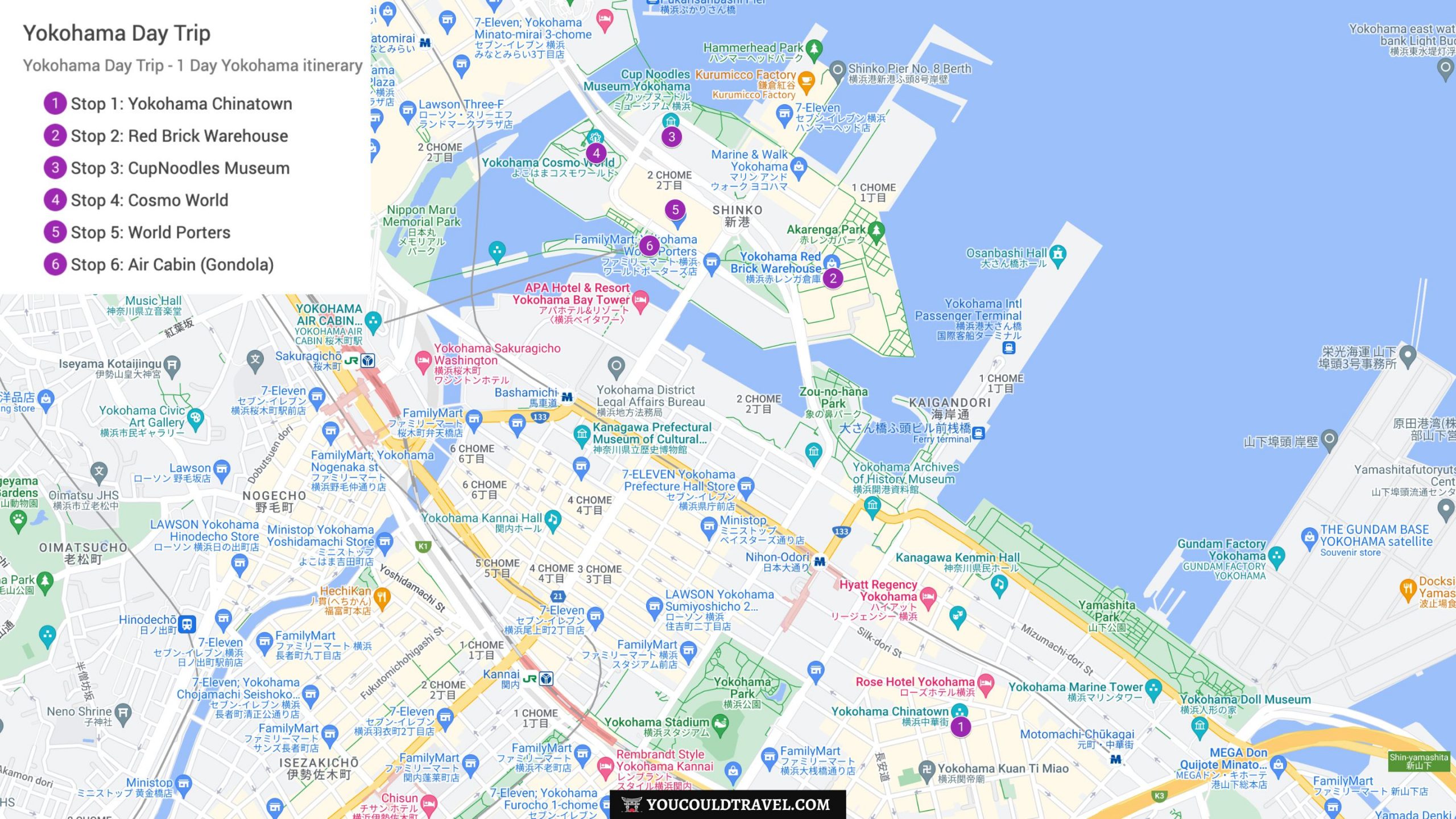
Get to Yokohama
Getting to Yokohama from Tokyo is super easy, and most of the time you don’t even need to change trains! There are two fast and effortless options for you depending on where you stay in Tokyo during your trip. You’ll start the day in Yokohama Chinatown (trust me, it makes most sense).
Option 1 (great if you are closer to Tokyo Station and if you have a JR Pass)
- Make your way to the Tokyo Station.
- Take the Keihin-Tōhoku Line.
- Ride the train for 14 stops to Kannai Station.
- Walk for 13 minutes to Yokohama Chinatown.
Option 2 (great if you are closer to Shibuya Station and if you do not have a JR Pass)
- Make your way to Shibuya Station.
- Take the Tōyoko Line.
- Ride the train for 20 stops to Motomachi-Chukagai.
- You are literally a minute from Chinatown entrance.
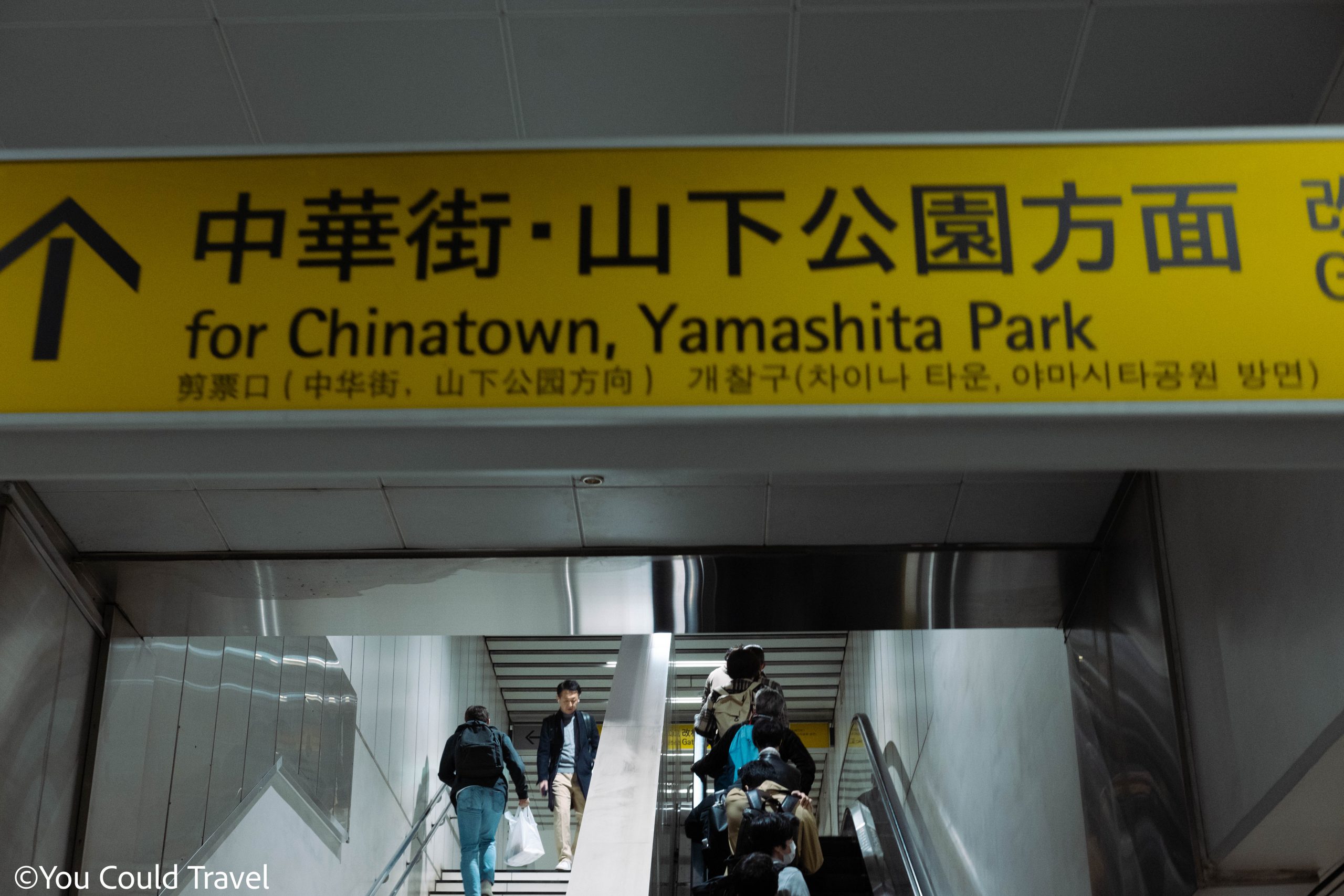
Stop 1: Yokohama Chinatown
Entrance Fee: Free
Opening Times: 24/7 although most restaurants and food stalls open from 10:00 until 20:00
Begin your day with a trip to Yokohama Chinatown. This area stands out with its grand ornate gates, bright red lanterns, and many traditional Chinese shops and eateries. It’s not just the largest Chinatown in Japan but also ranks among the largest globally. The district’s history stretches back to the late 1850s, starting when Yokohama Port opened for international trade, leading to Chinese merchants settling in the area.
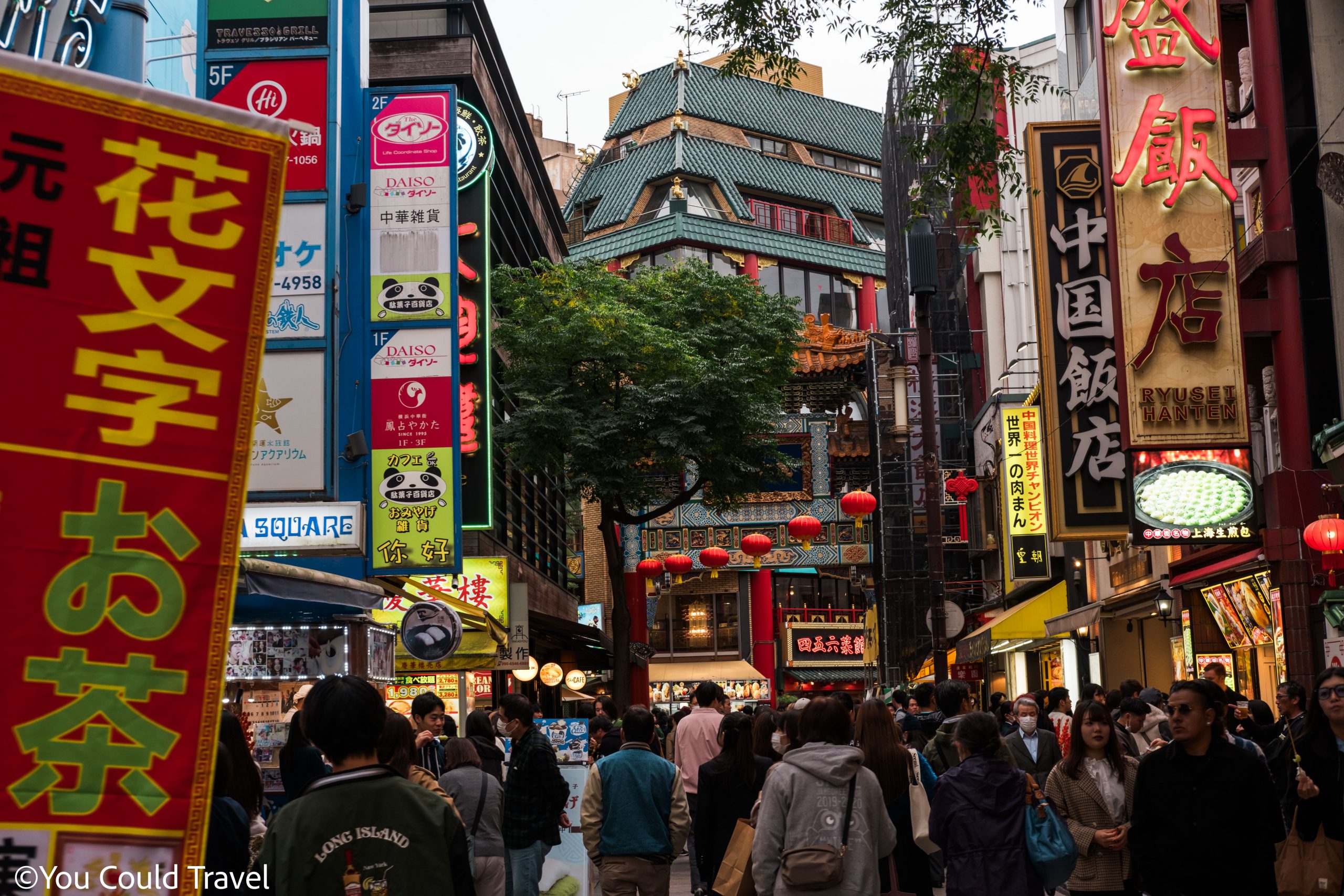
Yokohama Chinatown is a paradise for food enthusiasts, particularly for street foods such as dim sum, ramen, Peking duck, and fried rice. In my experience, the longer the line at a food stall, the better the food tends to be. A prime example is Houtenkaku, famous for its delicious steamed meat dumplings.
With over 500 restaurants and stalls, there’s a vast selection of foods to try. Highlights include Hou Dai Dai Ji Pan, known for its tasty breaded fried chicken, and creative stalls offering buns shaped like hedgehogs and pandas. Street food prices usually range from 250 to 1000 yen and most places accept cash only.
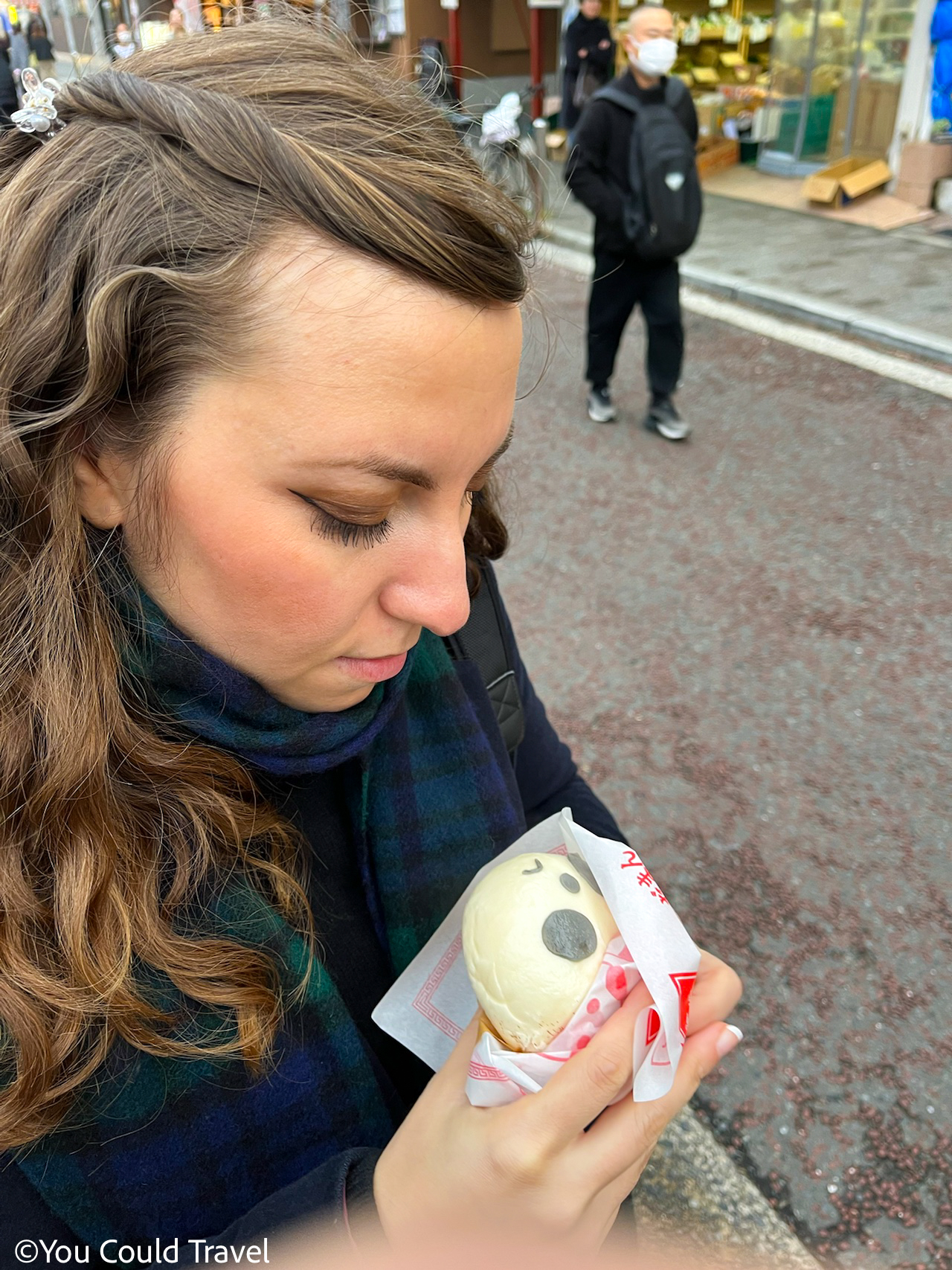
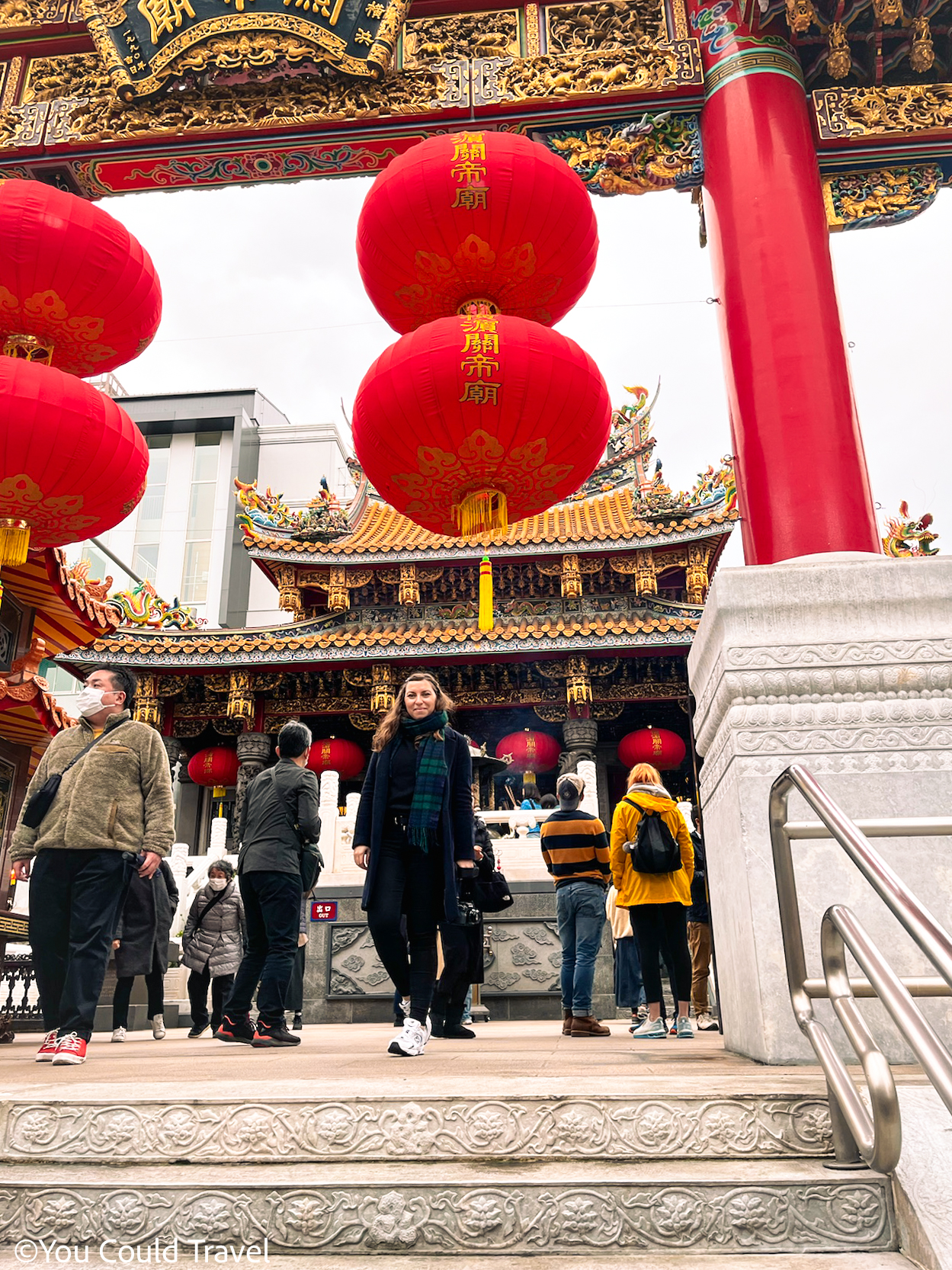
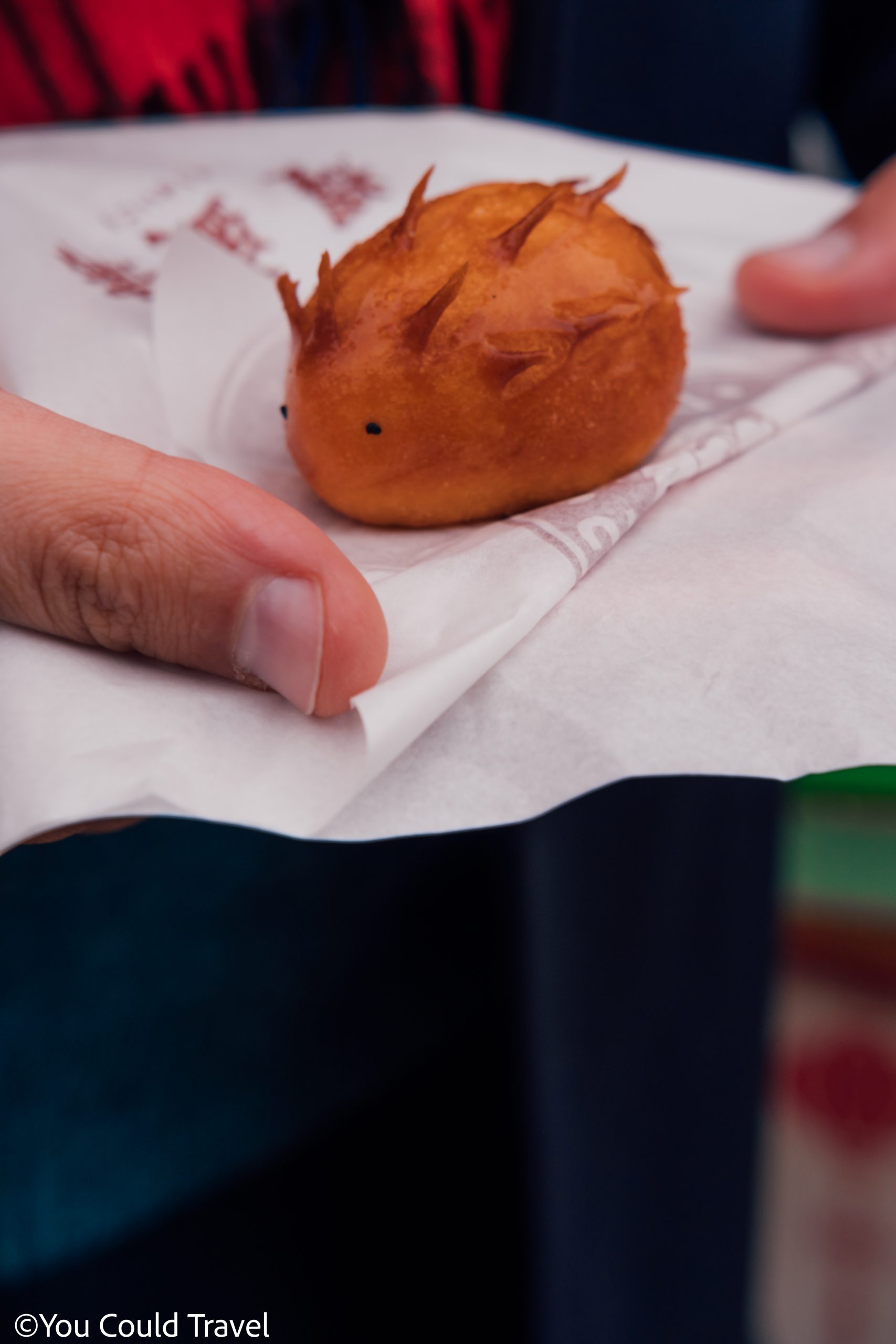
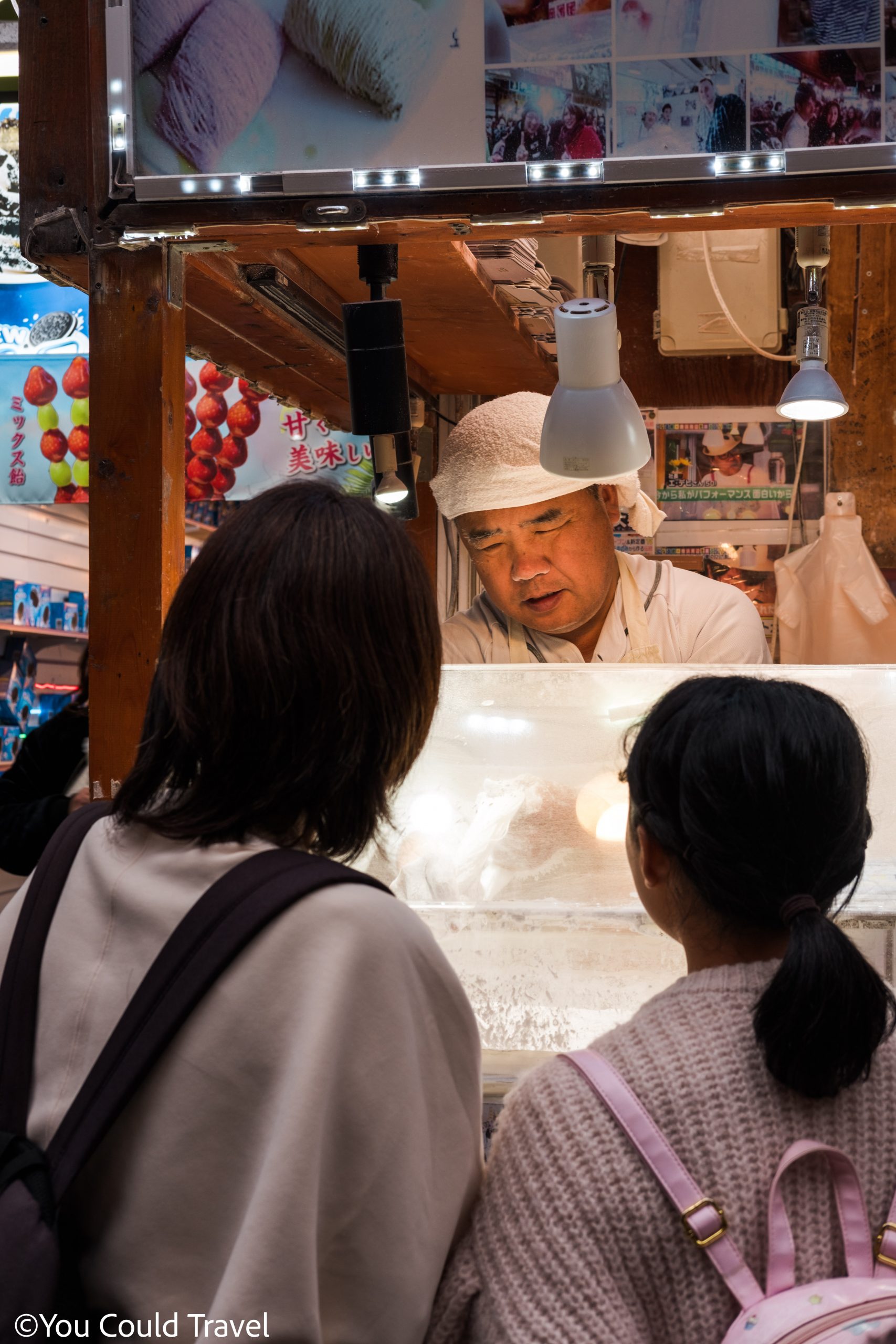
For a sit-down meal, I highly recommend Junkaikaku Honkan, an exceptional Cantonese restaurant. It’s often busy, so booking a table is advisable to avoid long waits, which can sometimes exceed an hour. For two mains with rice, three dumpling starters and two teas, we paid ¥8000.
Don’t miss the Yokohama Kuan Ti Miao (Yokohama Kanteibyo), a Buddhist temple dedicated to Guan Yu, a respected general from China’s Three Kingdoms era. Founded in 1862, the temple is free to visit and stands out with its vibrant, intricate Chinese architecture, including detailed carvings and artworks.
Stop 2: Yokohama Red Brick Warehouse
Entrance Fee: Free
Opening Times: Daily 11:00 until 20:00
Next, head to the Yokohama Red Brick Warehouse from Chinatown, which is about a 20-minute walk. On your way, you’ll pass through Zou-no-hana Park, a pleasant waterfront park with harbour views. Then, cross the Shinko Bridge, and you’ll arrive at the Yokohama Red Brick Warehouse.
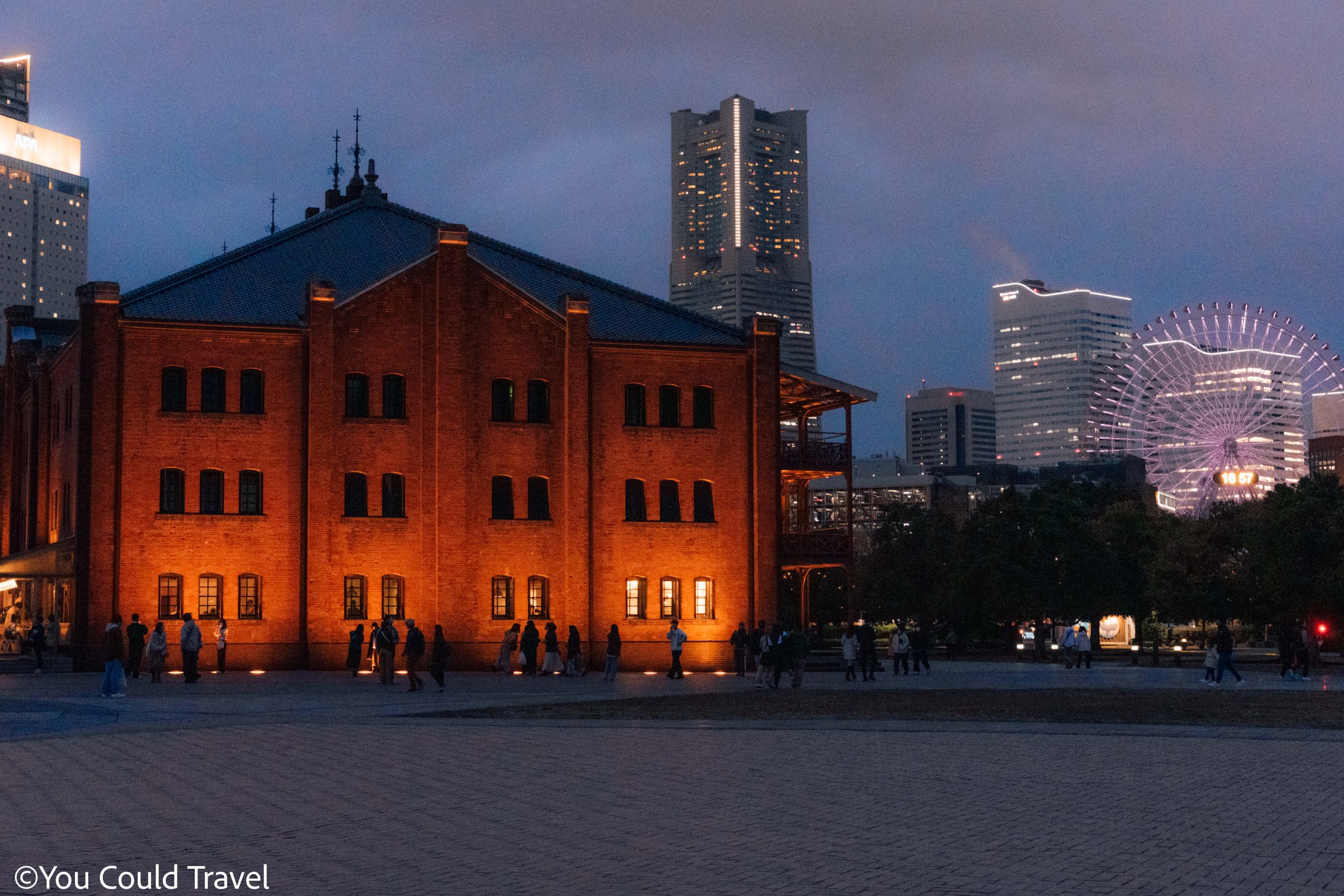
Known locally as Akarenga Soko, Yokohama Red Brick Warehouse is a historic building complex in Shinko, the heart of Yokohama’s Minato Mirai 21 area, which has been repurposed into a shopping and cultural hub. These warehouses, built in the late 19th and early 20th centuries, were initially used for port operations. Their distinctive red brick design symbolizes Yokohama’s growth as a key port city. Today, they are a venue for various art events, which you can check out on their official website.
Inside, you’ll find pop-up stores, cafés, and restaurants. The atmosphere is particularly charming during the Christmas market, featuring many local vendors selling handmade products. In summer, the Yokohama Red Brick Warehouse often hosts a large beer garden.
While there, don’t miss the Bell of Happiness located on the first floor. Ringing this bell while making a wish is said to bring good luck and happiness.
Stop 3: Cup Noodles Museum Yokohama
Entrance Fee: 500 yen
Opening Times: 10:00 – 18:00 (Last admission is at 17:00); Closed on Tuesday
At the Cup Noodles Museum in Yokohama, you’ll dive into the fascinating story of Momofuku Ando, the genius behind instant ramen. Back in 1959, Ando created the first instant ramen, “Chicken Ramen,” right in his own backyard shed. The museum brings this story to life, complete with a replica of that very shed.
The idea for Cup Noodles sparked during a trip Ando made to the United States in 1971. He saw how convenient it would be to have instant noodles right in a cup. This simple yet revolutionary idea is what led to the Cup Noodles we know today. The museum tells this story and displays a colourful array of instant noodle packages from all over the world.
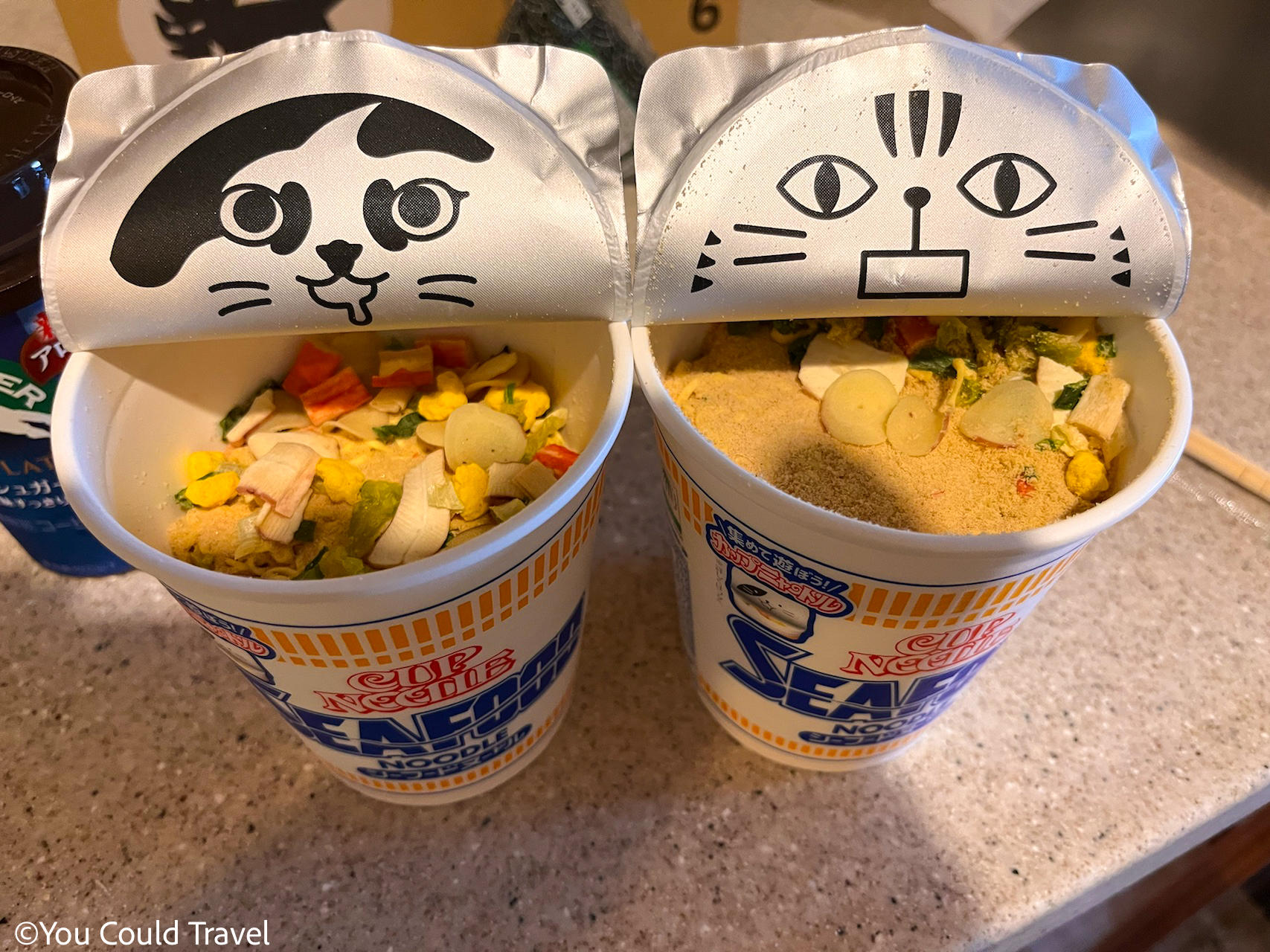
One of the coolest parts of the museum is the My Cupnoodles Factory. Here, for just 500 yen, you can mix and match flavours and ingredients to create your own custom Cup Noodles. It’s a fun, unique souvenir from Japan.
The museum also has the Instant Noodles History Cube, colourful and perfect for photos, and the CUPNOODLES Park, which simulates the noodle-making process. Plus, there’s a hands-on Chicken Ramen Factory experience, which is especially fun for families with kids.
Don’t miss the NOODLES BAZAAR on the 4th floor, where you can try eight types of noodles from around the world, starting from 250 yen, in an Asian night market setting.
Stop 4: Yokohama Cosmo World
Opening Hours: 11:00 – 20:00; Closed on Thursday
Entry fee: Admission to Yokohama Cosmo World is free, but fees are charged for each attraction. Single tickets from 100 yen to 900 yen.
Yokohama Cosmo World is an amusement park in Minato Mirai 21 just a 3-minute walk from The Cup Noodles Museum. It’s a family-friendly attraction primarily known for its Cosmo Clock 21, a giant Ferris wheel that also functions as a clock. It’s one of the world’s largest Ferris wheels and offers spectacular views of the city and Yokohama Bay.
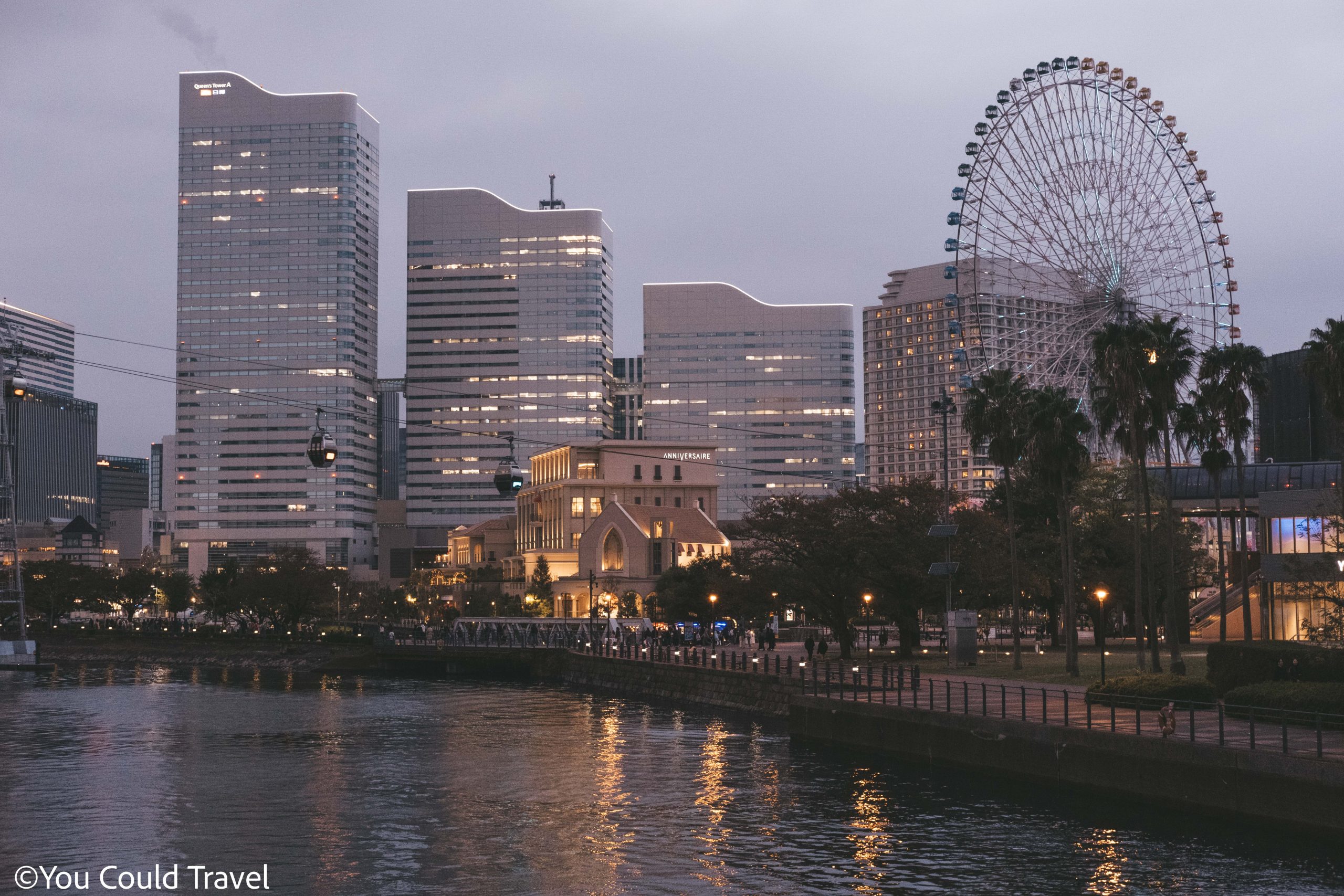
The park is divided into three zones, each catering to different age groups and interests. There’s the Kids Carnival zone with rides for young children, the Wonder Amuse Zone with a variety of rides for all ages, and the Burano Street Zone known for its arcade games and food stalls.
Apart from the Ferris wheel, Cosmo World features various rides including roller coasters, a water ride, and a spooky haunted house. The rides range from thrilling to more gentle options.
Make sure to bring cash with you as the Cosmo World tickets can only be purchased in cash; credit cards cannot be used.
Stop 5: Yokohama World Porters
Opening Hours: Shopping 10:30 – 21:00 ; Restaurant & Cafe 11:00 – 23:00
Yokohama World Porters in Minato Mirai 21, a brief 2-minute walk from Cosmo World, is a shopping haven with six floors, each themed differently and packed with shops and restaurants. There’s also a rooftop garden which includes the Bahn Golf Club and the Glamorous Smoked BBQ restaurant, Iburu.
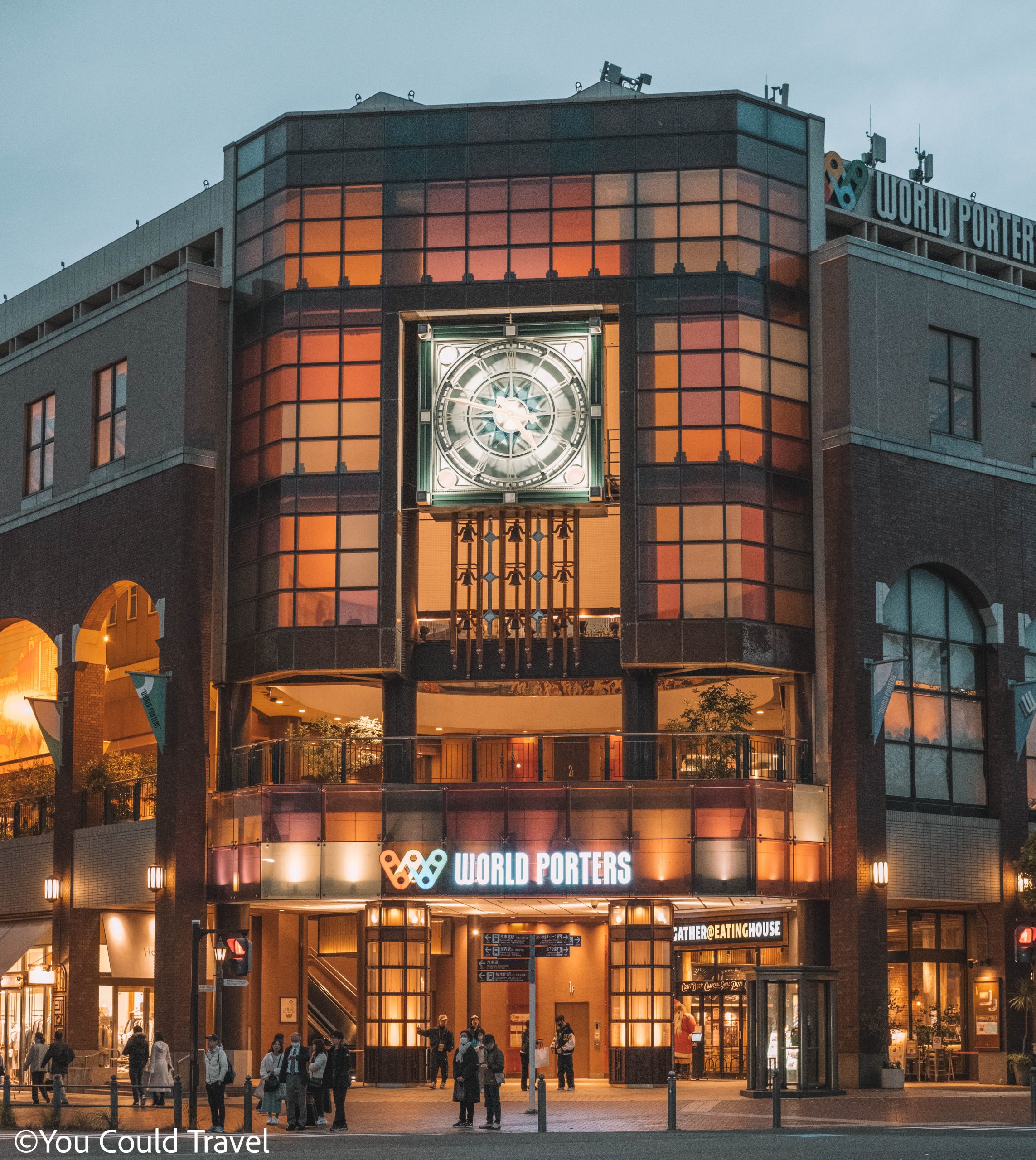
On my visit, I headed there for dinner, knowing Japanese malls offer a diverse array of dining options. The first floor, named Gourmet and Fantastic World, feels like a global food bazaar. Among the various cuisines, the Malulani Aloha Street offers Hawaiian-inspired dishes. I particularly enjoyed (and recommend!) the tropical-themed Garden Marche and its Manoa Pancake House. If you’re sensitive to coffee in the evening but need a pick me up, just grab a matcha latte and a matcha treat.
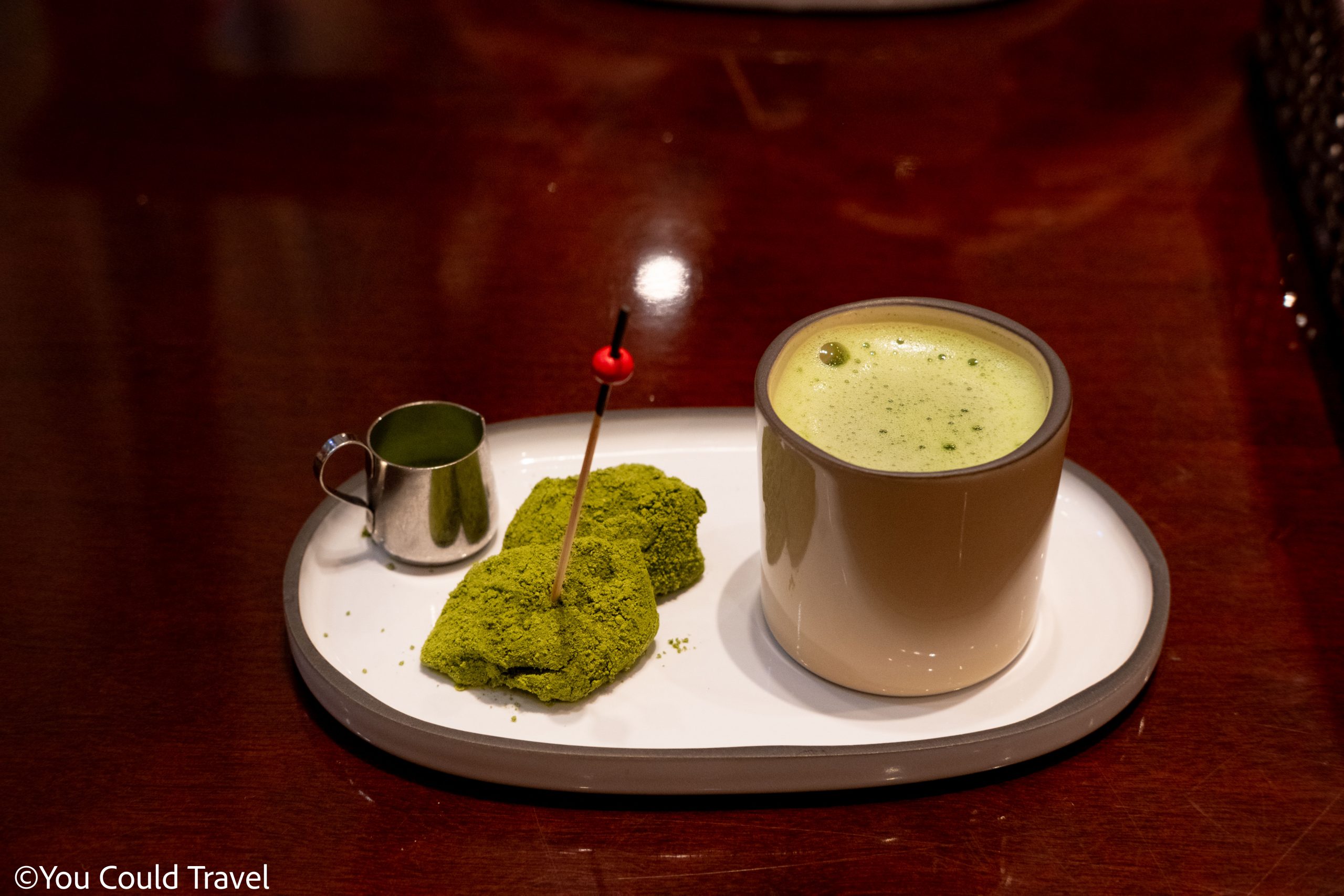
For shopping enthusiasts, floors two to four are filled with retail stores. Then, on the fifth floor, you’ll find even more food options and an Aeon multiplex cinema. This floor is a blend of entertainment and gourmet, featuring eight restaurants specializing in Japanese cuisine, such as Shabu Shabu and Tonkatsu.
If you’re up for a movie, remember that English-language films might be dubbed or subtitled in Japanese. I watched A Haunting in Venice in English with Japanese subtitles. It’s important to note that Japanese movies typically don’t have English subtitles.
Stop 6: Yokohama Air Cabin
Ticket fee: One way ticket costs ¥1,000
Opening Hours: 10:00 – 22:00
There is no better way to end the day in Yokohama than by taking the Yokohama Air Cabin from Minato Mirai 21 to the train station, so you can go back to Tokyo.
The Unga Park Station, where you can board the Air Cabin, is right in front of World Porters. This means you won’t have to walk far to catch it.
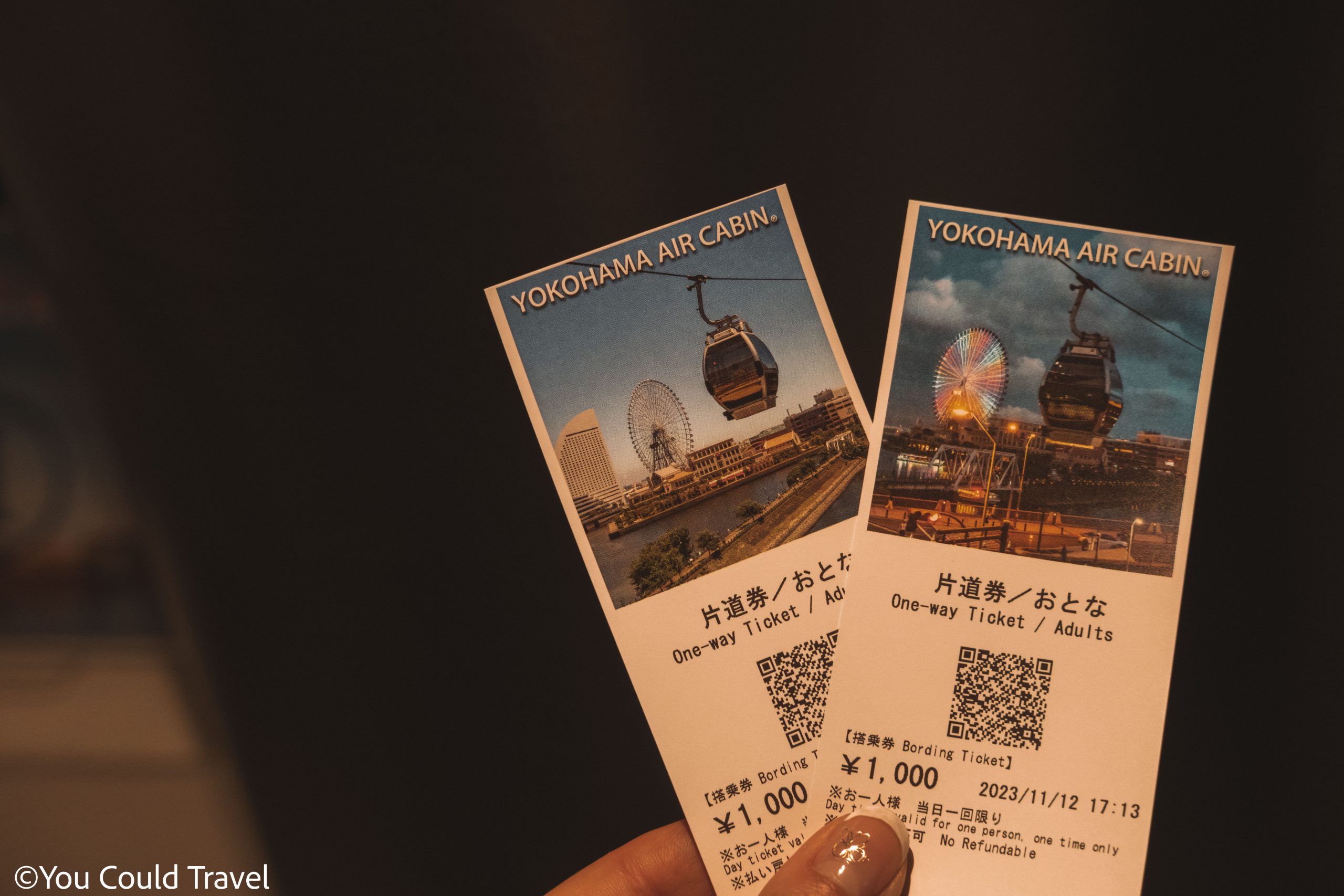
The Yokohama Air Cabin was only opened recently in 2021 and the whole journey takes around 5 minutes from one station to the next. Taking this ride at night is particularly special due to the stunning city lights, making it a perfect finale for your day in Yokohama.
A one-way ticket costs ¥1,000. You can buy tickets at the ticket booth in the reception area. Each cabin, with its large glass windows, ensures clear views and can hold up to 8 people. However, the staff usually allows only one group per cabin for privacy and comfort. When I rode with my husband, we had the whole cabin to ourselves, which was a pleasant surprise.
From the cabin, you can see some of Yokohama’s main attractions, including the beautiful Cosmo Clock 21.
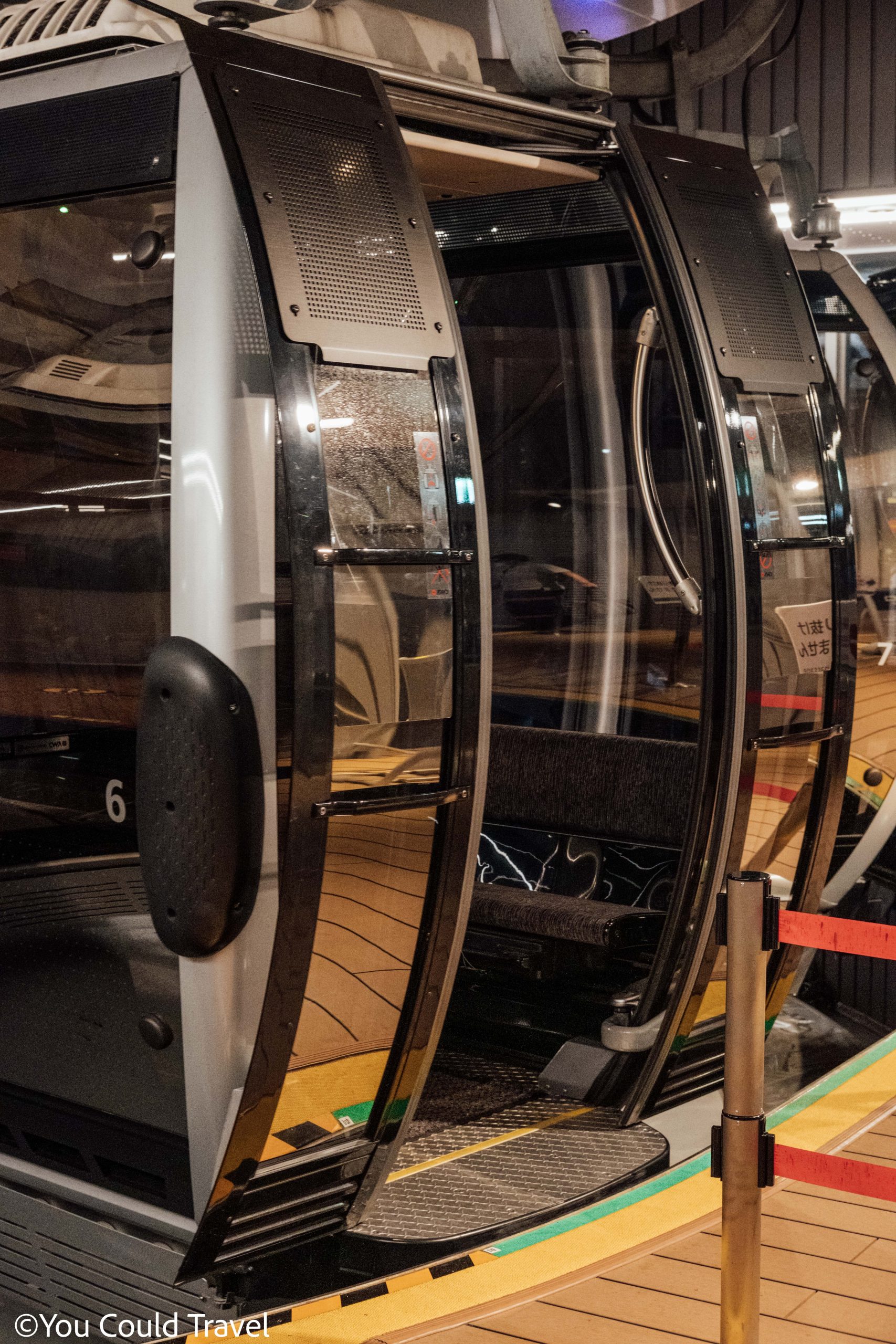
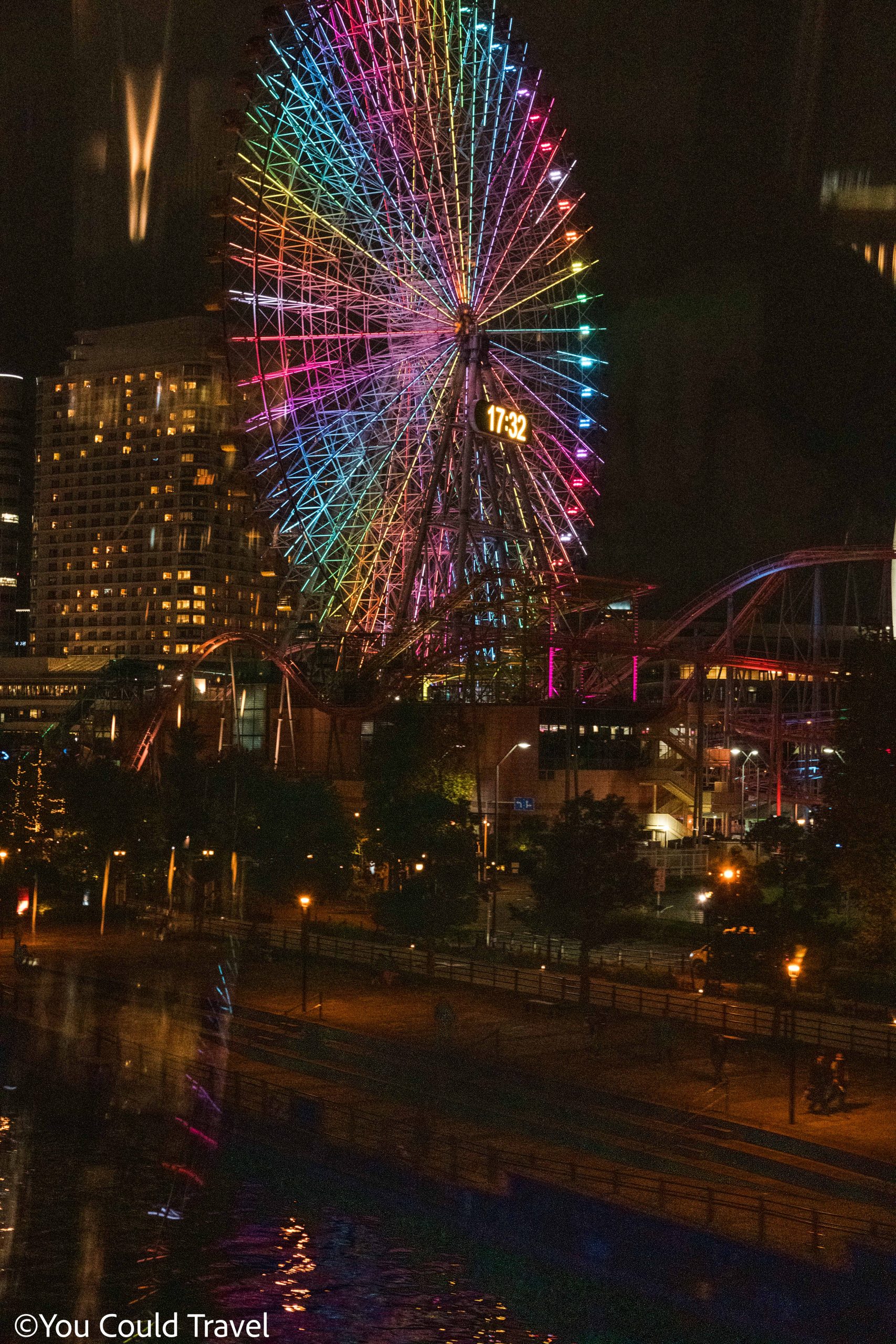
Get Back to Tokyo
The Yokohama Air Cabin will drop you off just mere minutes from the Sakuragicho Station. From here, board the JK Negishi Line, which takes 45 minutes to reach Tokyo Station and is operated by East Japan Railway. It is covered by the JR Pass if you have one or costs ¥580 per person.
Final thoughts on my Yokohama Day Trip
I loved my Yokohama day trip so much, it honestly surprised me in the best possible way.
Yokohama is special to me because it has the largest Chinatown in the whole of Japan, which can only mean one thing: incredible food! During my visit, I enjoyed walking through the colourful streets, trying various street foods, and experiencing the lively energy of the area. I can now safely say that the food in Yokohama Chinatown was one of the best highlights on my latest Japan itinerary.
Yokohama is a really great place for the whole family given the sheer amount of entertainment and affordable food, but it’s also absolutely wonderful if you’re looking to have a really fun date with with your partner.
Often overlooked, Yokohama is a brilliant harbour city that’s really transformed in the last few years. It’s very different than Tokyo but that’s what makes it really exciting to visit.
I hope you’ve found my one day Yokohama itinerary really useful, and you’ll follow in my footsteps for an exceptional day trip out of Tokyo.
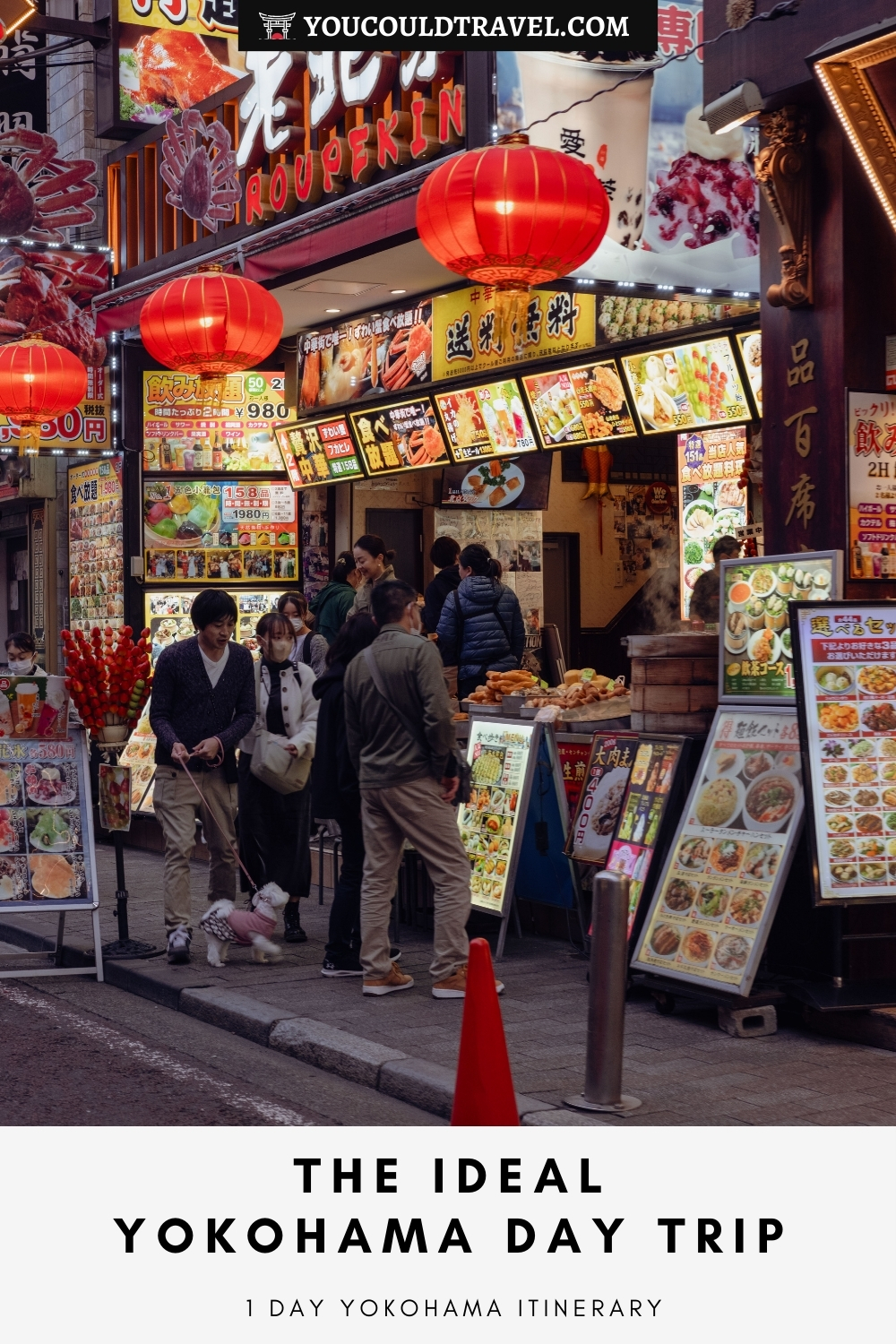
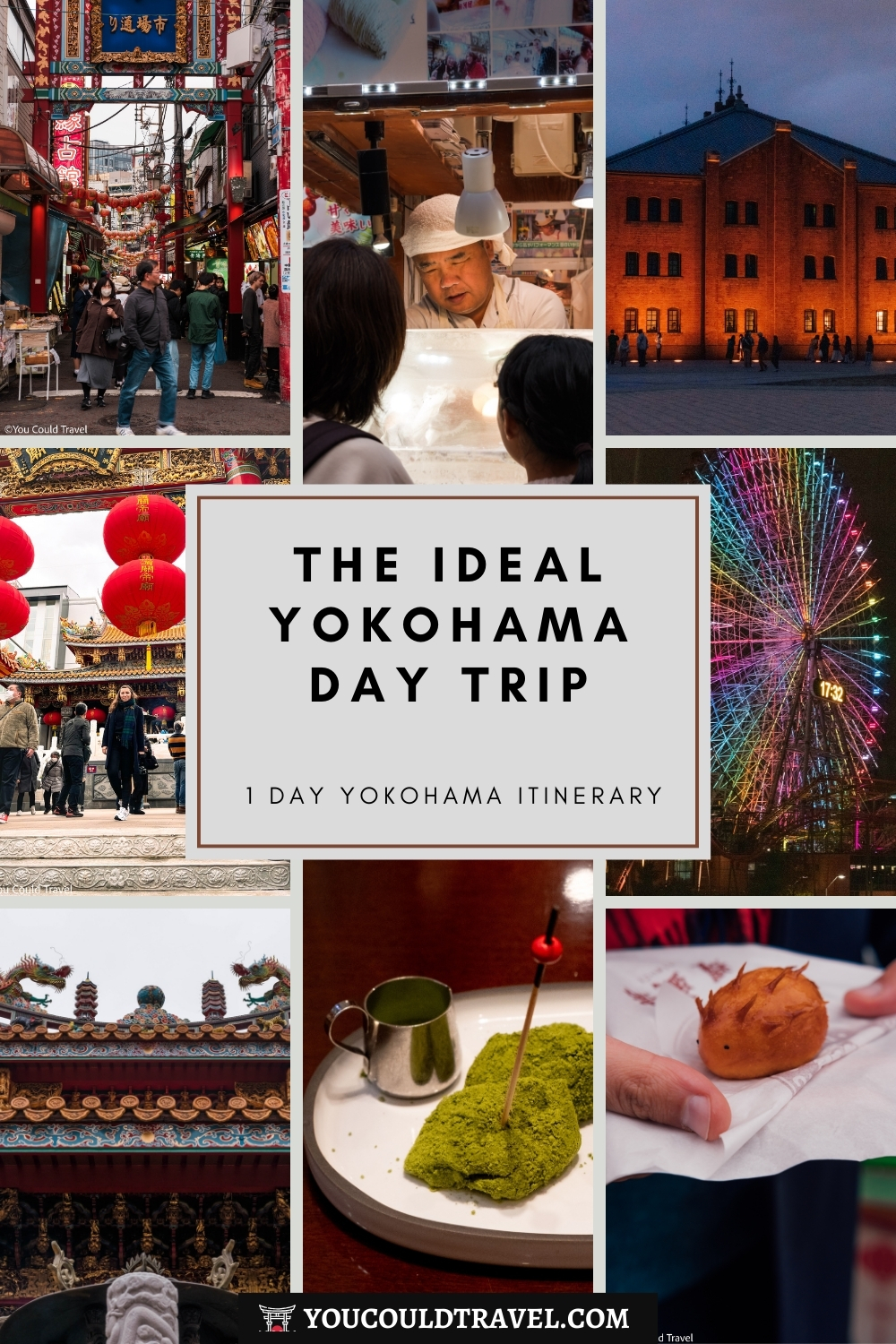
Frequently Asked Questions
Is Yokohama a good day trip?
Yokohama is one of the best and easiest day trips you can take from Tokyo. Yokohama is just 30-45 minutes away from Tokyo Station and has plenty to offer for a full and immersive day out.
You’ll see the largest Chinatown in Japan which has some of the best street food you could possible ask for. You’ll see a Chinese ornate temple and observe Buddhist rituals. Then you’ll see historic buildings in Minato Mirai 21such as the Yokohama Red Brick Warehouse. You’ll make your own cup of noodles as the most unusual museum in Japan, then get to have fun in unique rides at Yokohama Cosmo World.
There is food, there is shopping, there is entertainment and so much to see, a Yokohama day trip is an exceptional experience while in Japan.
How long do I need in Yokohama?
A whole day in Yokohama is enough to see all the highlights which include street food, shopping and entertainment. If you follow my one day itinerary, you will see Chinatown, shop in Yokohama Red Brick Warehouse, make your own cup of noodles at Cup Noodles Museum, experience some epic rides at Cosmo World, before having a casual dinner at World Porters. You will end the day with a scenic ride on the gondola with epic views of the port.
Is it worth visiting Yokohama Japan?
Yokohama is 100% worth your time. After taking a day trip from Tokyo to Yokohama I’m now obsessed with this city and cannot wait to go back. It has everything for a perfect day out: awesome food, great shopping options in Minato Mirai 21, fun rides at Cosmo World and even a scenic air gondola ride!
Which is better Yokohama or Tokyo?
Yokohama is a great option for a day trip from Tokyo, but Tokyo itself generally offers more due to its size and variety. Tokyo is a massive city, blending modern and traditional elements across many different districts and neighborhoods. It’s packed with attractions, and you’d need several days, if not more, to fully explore all the highlights of Tokyo, unlike Yokohama, where you can cover the main sights in just one day.


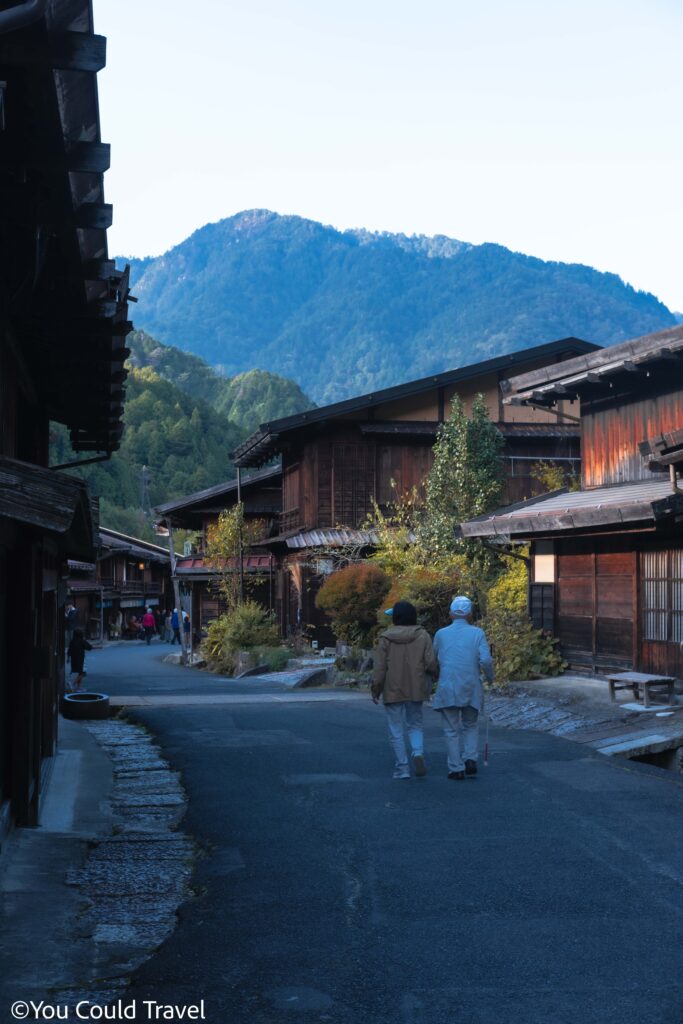
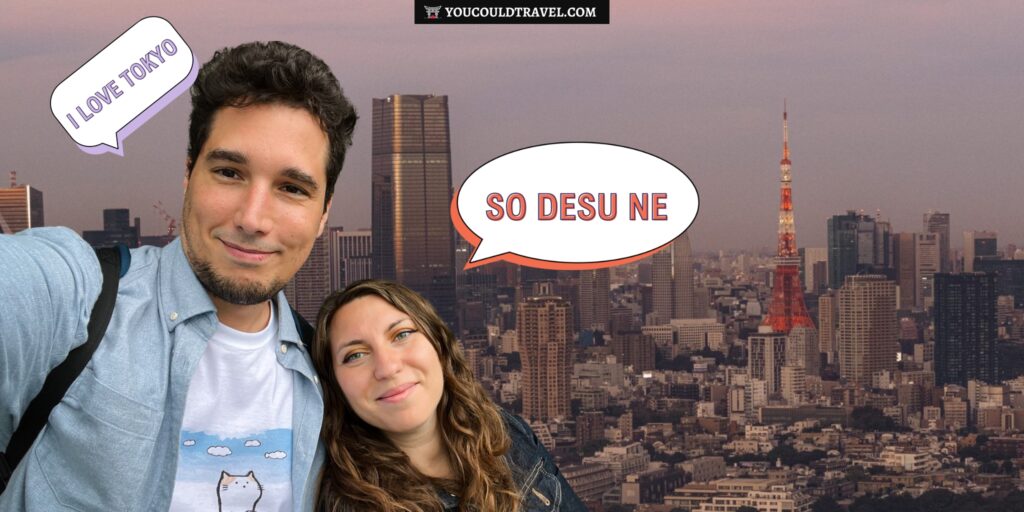
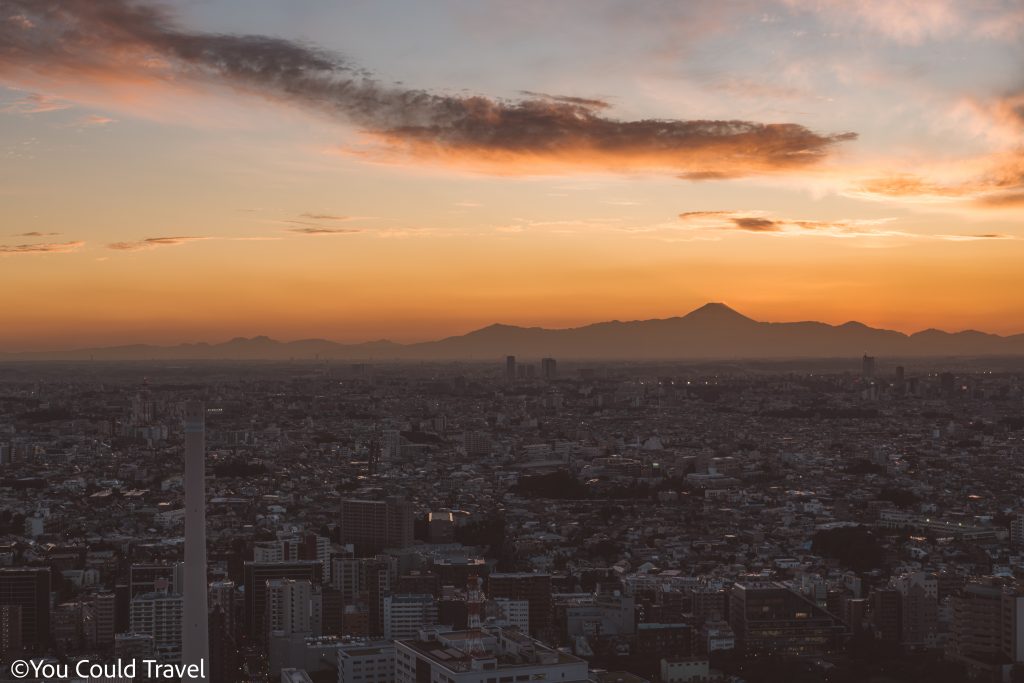
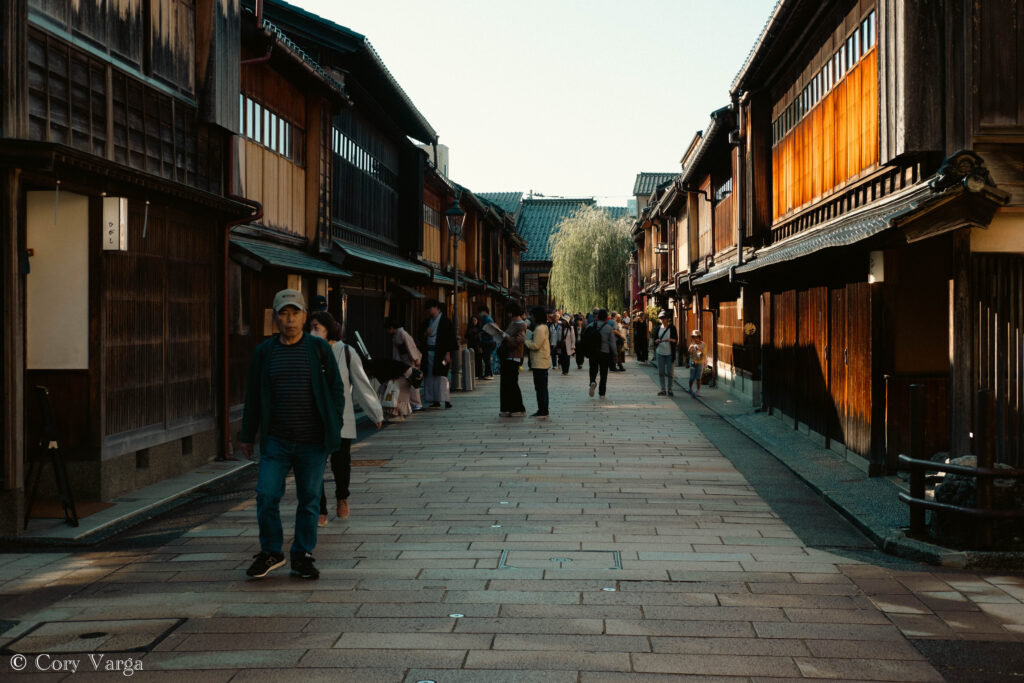
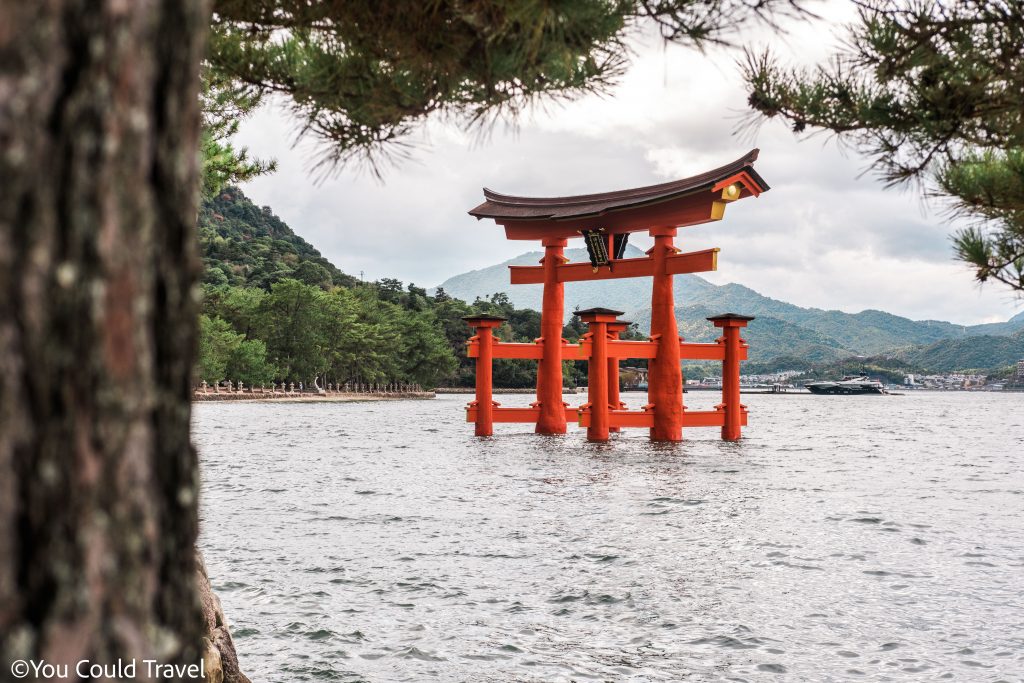


Leave a Reply